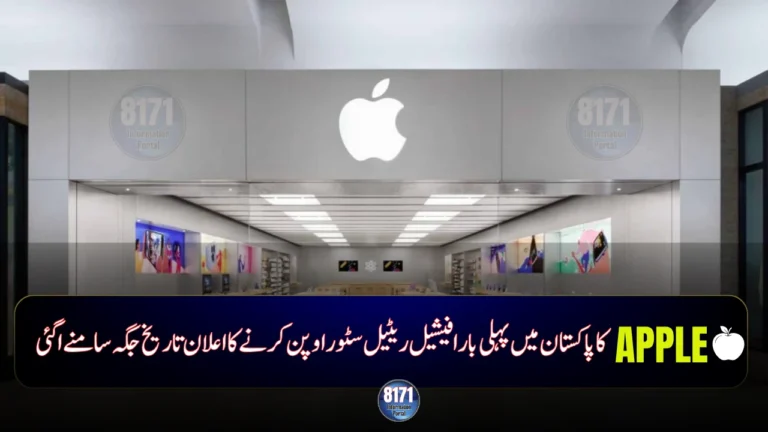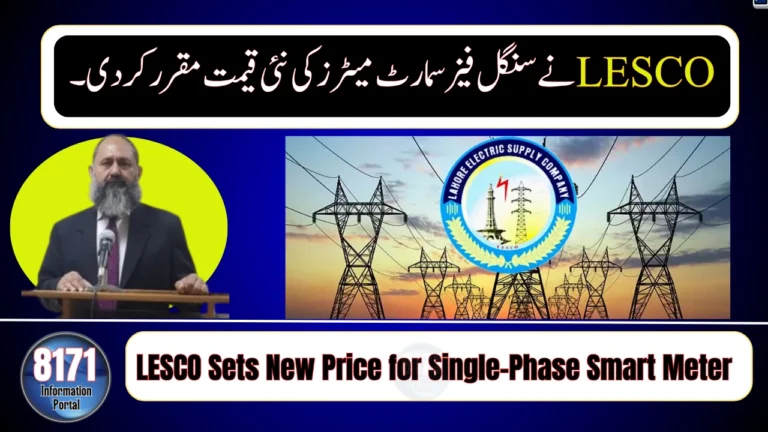The National Electric Power Regulatory Authority (NEPRA) has officially approved a significant cut in the solar net-metering buyback rate, lowering it from around Rs 27 per unit to nearly Rs 10–11 per unit for new applicants.

The decision — part of the government’s proposed gross-metering model — has sparked strong debate among homeowners, businesses, and renewable-energy experts across the country.
💡 What Is the NEPRA Solar Buyback Rate?
The buyback rate determines how much power companies pay you for the extra electricity your solar system exports to the grid.
Until recently, users under net-metering enjoyed a generous payment of around Rs 27 per unit, making solar a financially attractive investment with payback periods as short as four to five years.
Under the new proposal, new connections will now be compensated at just Rs 10–11.33 per unit — less than half of the previous rate.
🔄 From Net-Metering to Gross-Metering — What’s Changing?
Previously, in net-metering, your monthly bill was calculated as:
Units Consumed – Units Exported = Payable Amount
Now, under gross-metering, your exported electricity is sold to the grid at a fixed lower rate, while the energy you consume from the grid is billed at the full consumer tariff (around Rs 34 per unit).
In short: you’ll earn less for the power you sell, but still pay full price for what you buy.
📉 New Buyback Rates (2025)
| Category | System Type | Buyback Rate (Approx.) | Applicable To |
|---|---|---|---|
| Existing Users | Net-Metering | Rs 27.00/unit | Existing contracts |
| New Applicants (2025 onward) | Gross-Metering | Rs 10–11.33/unit | New installations only |
| Commercial/Industrial Solar | Case-by-case basis | Rs 10–12/unit | As per NEPRA approval |
⚙️ Why Did NEPRA Reduce the Rate?
Government officials say the decision was made to:
-
Reduce the financial burden on national power companies (DISCOs).
-
Balance subsidies and recover capacity payments.
-
Align local tariffs with international solar buyback benchmarks.
However, critics argue the change could discourage investment in green energy and slow Pakistan’s solar adoption momentum, especially among middle-class households.
🏠 What It Means for Homeowners
If you’ve already installed a solar system and signed your net-metering agreement, you’re safe — for now. Your old rate remains valid until your contract expires.
But new customers applying in late 2025 or beyond will be billed under the new gross-metering regime. That means:
-
Longer payback periods (now ~8–10 years).
-
Lower monthly savings.
-
Higher importance of self-consumption (using your own power instead of exporting it).
🌞 The Bigger Picture — Solar Still Saves
Even with reduced export rates, solar remains a smart hedge against rising electricity tariffs. By consuming most of your own solar power during the day, you can still cut your grid dependency by 60–80%.
Energy experts also believe that future battery storage incentives and smart metering could make up for today’s lower buyback prices.
🔔 Final Word
NEPRA’s revised solar buyback policy signals a new phase for Pakistan’s renewable energy market — one focused on self-use and grid balance rather than high export profits.
If you’re planning to go solar, this is the right time to understand your ROI before the gross-metering model becomes the new norm nationwide.












